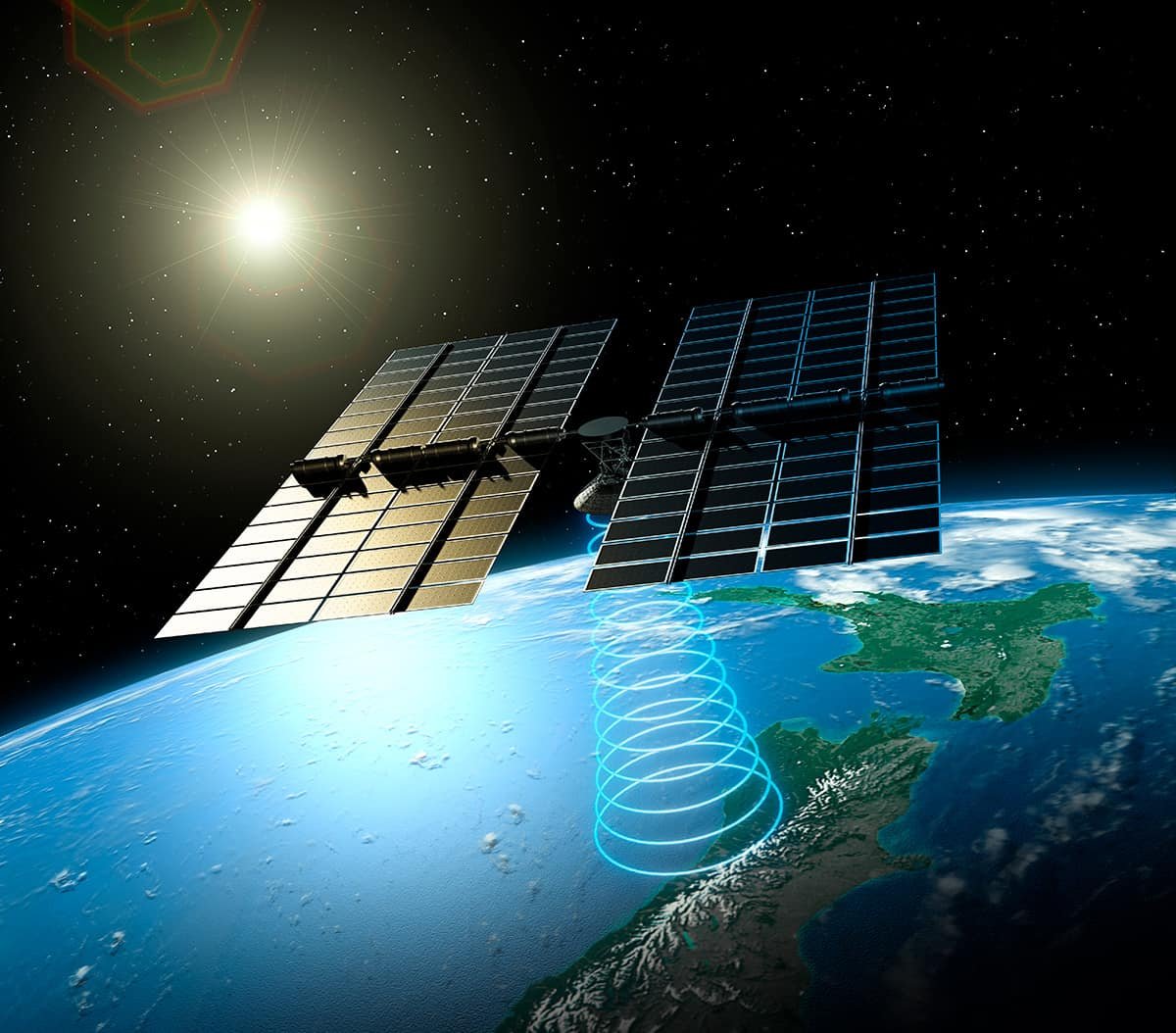In a groundbreaking development, a UK startup, Space Solar, has announced a significant breakthrough in its mission to transmit solar energy from space to Earth.
In a groundbreaking development, a UK startup, Space Solar, has announced a significant breakthrough in its mission to transmit solar energy from space to Earth. The company, based in Oxford, successfully illuminated an LED sign in a Belfast lab by wirelessly beaming energy from all directions, marking the world’s first 360-degree wireless power transmission.
Martin Soltau, the founder of Space Solar, emphasized the importance of this achievement, stating that the steerable power beaming capability is integral to their solar power satellite design. The technology involves capturing solar energy in space using satellites equipped with solar panels, which then transmit the energy wirelessly in the form of microwaves to receiver stations on Earth.
The envisioned solar farm, to be situated in geostationary orbit approximately 35,000 km above the equator, will comprise mirrors and solar panels. These satellites will continuously face the Sun, maximizing energy collection. The ability to transmit energy from all angles is crucial for space-based solar satellites to effectively beam energy to a fixed point on Earth while orbiting.
Soltau expressed confidence in scaling up the system based on the successful demonstration, highlighting the potential to deliver vast amounts of energy to Earth. Space-based solar farms have the advantage of unhindered sunlight intensity and uninterrupted energy transmission regardless of ground weather conditions.
Space Solar aims to deploy the first commercial solar farm in space within the next decade, capable of delivering 180 megawatts to the grid, sufficient to power a large town. The company plans to launch a prototype satellite within three years, followed by a larger version by the end of the 2020s, with the capacity to power a village of around 1000 homes.
The feasibility of space-based solar power has been recognized by organizations like the European Space Agency (ESA), which asserts that existing technology can support its implementation. While significant challenges exist, such as the scale of construction and launch logistics, advancements in space technology, including reduced launch costs, have made such endeavors more attainable.
UK startup envisions offshore receiver stations, possibly near existing wind farms, as optimal locations for capturing transmitted energy. The startup estimates that approximately 68 rocket launches would be required to deploy all components of the power plant into orbit.
Despite challenges, the falling costs of launches, attributed in part to companies like SpaceX, have made ambitious space projects more feasible. Government agencies and organizations globally, including ESA, NASA, and various companies, are actively pursuing space-based solar initiatives.
Grant funding from entities such as the Department of Energy Security and the UK Space Agency has supported the development of Space Solar’s satellite technology.
Once operational, solar-beaming satellites could collectively generate significant amounts of electricity, potentially powering millions of homes worldwide. Compared to ground-based solar panels, space-based counterparts offer a more efficient and continuous energy solution, with immense potential for addressing global energy needs.
